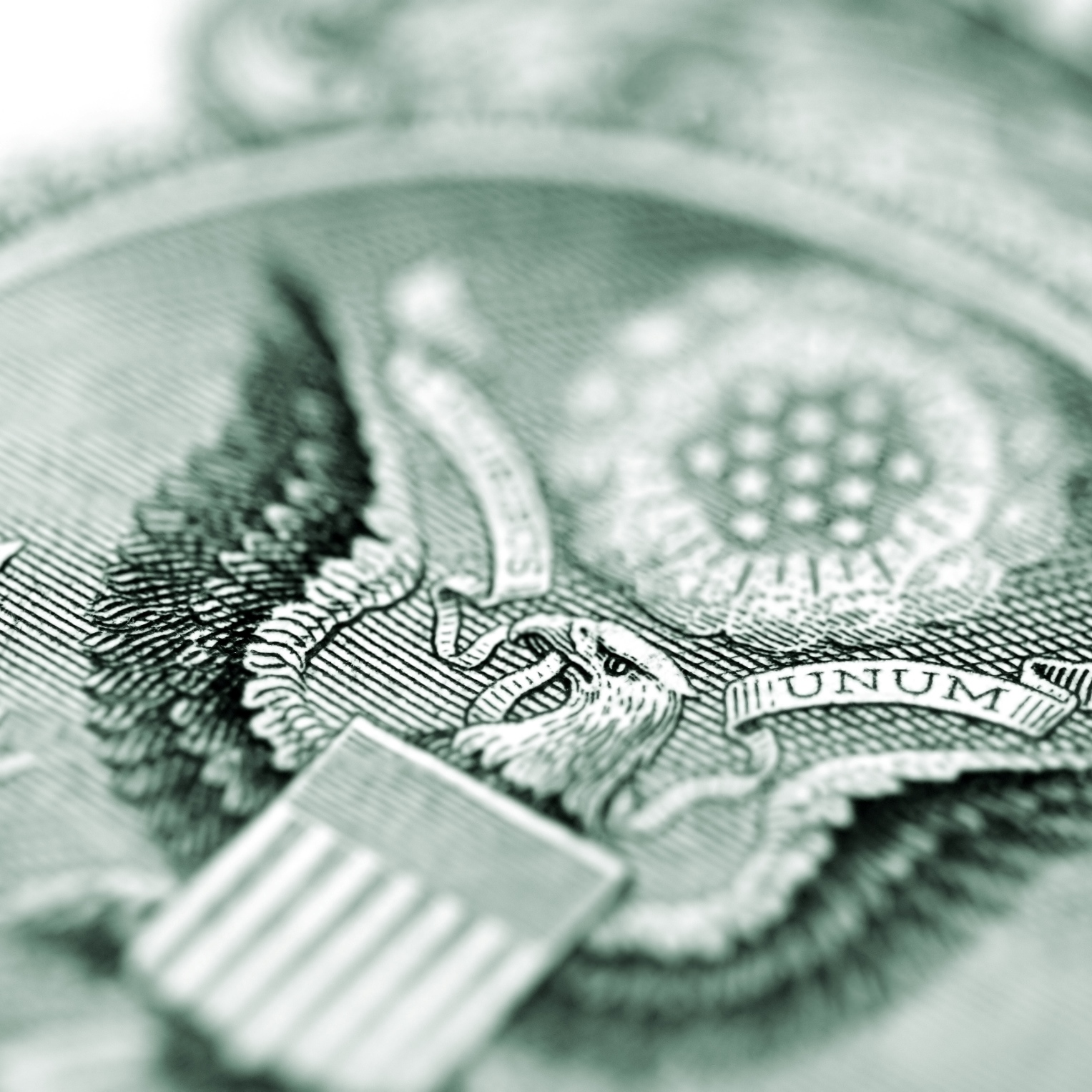Technology
Why Investors Likely Will Ignore the IBM Dividend Hike

Published:
Last Updated:

Raising dividends is supposed to be a good thing for shareholders. Unfortunately for International Business Machines Corp. (NYSE: IBM), a broken business model and a stock that is still up too much from its lows is muting the gain from an announced dividend hike.
IBM’s board of directors has voted to approve a hike in the tech giant’s regular quarterly cash dividend. The prior $1.30 per share payout will be raised by 8% to $1.40 per share.
IBM’s prior closing price of $148.81 would have generated a dividend yield of 3.49%, based on the $1.30 payout, and the $1.40 payout will now generate a dividend yield of 3.76% for new IBM investors getting in now.
IBM does still have a broken business model. The company keeps buying back massive amounts of stock, and it keeps looking for ways to contain costs. Here are a few statistics IBM released about its dividend history:
Our revenue was $99.9 billion, up 4 percent. In 2010 we grew pre-tax income by 9 percent, to $19.7 billion, our highest ever.
Now consider IBM’s 2015 statistics. Big Blue’s revenue was just $81.7 billion (down almost 12%), with pretax operating income of $15.94 billion.
IBM’s press release indicated that the new $1.40 per common share dividend is payable June 10, 2016, to stockholders of record as of May 10, 2016.
Ginni Rometty, IBM chairman, president and chief executive officer said:
IBM is transforming its business into a cognitive solutions and cloud platform company. Our strong profit and cash flow performance allow us to make the investments required to drive this transformation, while continuing to return significant capital to shareholders.
The real reason that IBM is suffering here is because the company just cannot seem to transform its new businesses into growth at a faster rate than its core on-site and project IT-services revenues are shrinking. That’s a bad recipe. Until IBM can show a path for real growth, small dividend hikes won’t move the needle that much. Ditto for incremental buyback hikes.
IBM shares were last seen trading down 0.1% at $148.64, versus a 52-week range of $116.90 to $176.30. IBM’s shares were trading at $152.53 last week before the earnings report, only to fall to $144.00 immediately afterward. Its stock might be higher today versus earnings, but a lack of a response on the dividend hike pretty much tells the full story of what investors think about the IBM story as a whole.
If you want to see the most negative take of all on IBM, Credit Suisse’s $110 is the lowest analyst price target of all analysts. Ginny Rometty also remains on the 24/7 Wall St. list of CEOs who have to go in 2016.
For whatever this is worth, IBM’s new 3.76% dividend yield would rank as the fourth highest Dow Jones Industrial Average dividend, behind Verizon, Chevron and Caterpillar. It would barely tick ahead of Cisco and Pfizer from its current sixth highest dividend rank of the 30 Dow stocks right now.
The only real surprise so far about IBM is that it was last seen as the 10th best-performing Dow stock for 2016. Its shares were up 9.24% year to date. Still, this is down 9.2% from this time a year ago, making IBM the sixth worst Dow stock in that period.
Thank you for reading! Have some feedback for us?
Contact the 24/7 Wall St. editorial team.